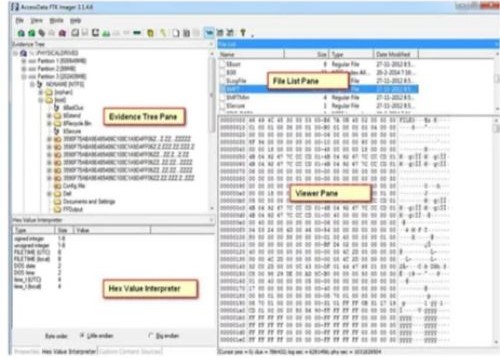
Cyber forensics is the process of extracting data as evidence for a crime (using electronic equipment) while following correct investigative standards in order to apprehend the perpetrator by presenting the evidence in court. Computer forensics is another term for cyber forensics. The fundamental goal of cyber forensics is to keep the trail of evidence and documentation going in order to figure out who committed the crime digitally.
A write blocker is any tool that allows read-only access to data storage devices while maintaining data integrity. When utilized correctly, a write blocker may ensure the security of the data chain of custody.
The UFED (Universal Forensics Extraction Device) is a product line of the Israeli business Cellebrite that is used by law enforcement agencies for data extraction and analysis from mobile device.
Law enforcement and business internal security investigators meet a wide range of cybercrime scenarios while using the ProDiscover forensics package. In computer forensics and incident response, ProDiscover is commonly utilized. For corporate policy compliance investigations and electronic discovery, the solution package also includes diagnostic and evidence collecting capabilities.

X-Ways Forensics uses physical or logical disk access to create accurate sector-by-sector copies of most media formats, either to other disks (clones, mirrors) or to image files. It is extremely useful for forensic investigators since it allows them to operate on a forensically sound copy.